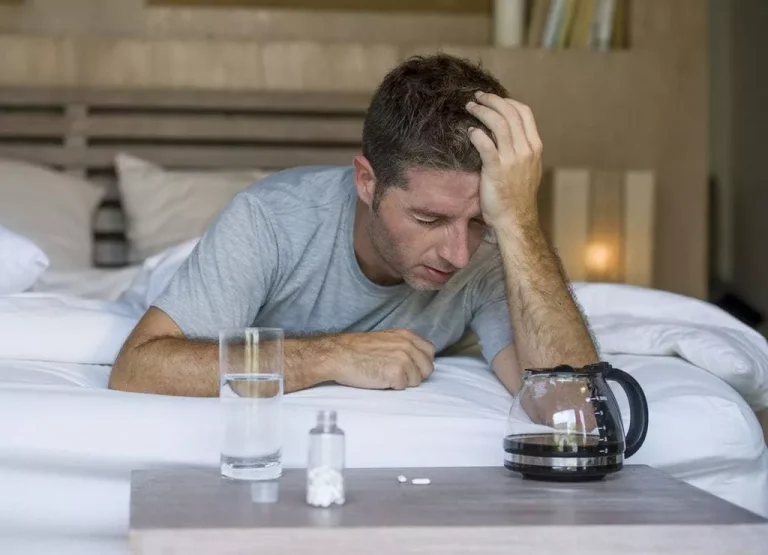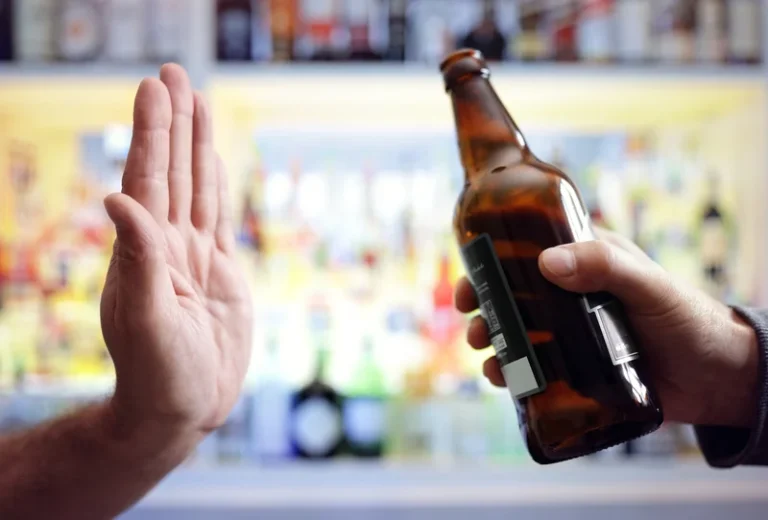
In this context, the different dopaminergic changes in actively drinking versus repeated abstinence males are intriguing. The dorsal striatum (DS) is implicated in behavioral and neural processes including action control and reinforcement. Alcohol alters these processes in rodents, and it is believed that the development of alcohol use disorder involves changes in DS dopamine signaling. In nonhuman primates, the DS can be divided into caudate and putamen subregions. As part of a collaborative effort examining the effects of long-term alcohol self-administration in rhesus macaques, we examined DS dopamine signaling using fast-scan cyclic voltammetry.

function lazyLoadRecaptcha()
For this study, PDRP subject scores were z-scored to a cohort of 12 age- and gender-matched healthy controls (10 male/2 female, age 65.96 ± 6.21 years). By definition, healthy controls had an average z-score of 0, with a standard deviation of 1. The drug contains the racemate of acetyl-leucine, i.e., the inactive D-form and the bioactive enantiomer, the L-form of acetyl-leucine in equal parts. The daily dosage of ADLL in previous clinical studies for other indications was 5 g/day (2 g in the morning, 1.5 g at noon and 1.5 g at night)6,9,10. This dosage is similar to the equivalent dosage in animal studies (0.1 g per kg and day)7.
How Vitamin D Regulates The Role Of Dopamine In Brain Cells
In the absence of alcohol, the reduced activity of inhibitory GABA neurotransmission might contribute to the anxiety and seizures of withdrawal. These symptoms are treated, at least in part, using medications that increase GABAA receptor https://ecosoberhouse.com/ function, such as diazepam (Valium) and other sedatives. Neurotransmitter systems may interact to produce the sedative effects of alcohol. An example of such interaction occurs in Purkinje cells, a type of neuron found in the cerebellum.
The Most Common Mental Health Disorders
- The µ-opioid receptor (MOR) binds β-endorphins and enkephalins which, in turn, increase dopamine release in the NAc [140].
- One possible explanation for these discrepancies may be that most preclinical studies to‐date have used forced alcohol administration which introduces an element of stress and artefact into the experiment, casting doubt on the applicability to our understanding of human alcohol dependence.
- The study found that when compared with healthy controls, patients with pure AD had a significantly lower availability of SERT in the midbrain.
- Partial dopamine D2 agonists, therefore, offer the opportunity to treat the dysregulated dopamine activity during acute alcohol consumption as well as alcohol dependence.
- Thus, traditional dopamine D2 receptor antagonists have been evaluated as potential treatment targets for alcohol dependence based on the hypothesis that they are expected to block the rewarding effects of alcohol.
One of the most commonly used to probe non-drug related reward sensitivity is the monetary incentive delay (MID) task [98], whereas to measure drug-related reward, cue-reactivity tasks are usually employed [99]. Most commonly these tasks consist of presenting the individual with static or video imagery of a ‘cue’, typically drug or related paraphernalia, however, smell and taste can also be used. GABA or GABA is the third neurotransmitter alcohol and dopamine whose functioning is critical in understanding the genetics of alcohol addiction. GABA as a neurotransmitter has been long known to be affected by alcohol consumption. Recently, two sub types of the GABAA receptor have come into the spotlight for showing what can possibly be a genetic predisposition to alcohol addiction. These two subtypes are namely GABA A receptor α1 (GABRA1) and GABA A receptor α6 (GABRA6).


After the last DAT-SPECT scan of patient 1 had been performed in Amsterdam, the group of Prof. J. Booij received all reconstructed data files of all previous DAT-SPECT investigations—generated in Marburg – without any further information about the purpose of the study. For comparison, the FDG-PET scans generated in 2014, 2018, and 2022 from 12 other iRBD participants in the REMPET study, who did not receive ADLL, were utilized and analyzed in parallel to the three FDG-PET scans of patient 1 (Fig. 3c, gray circles; see section FDG-PET below). In conclusion, the reduction of the severity of the RBD phenotype may reflect a symptomatic effect.

© 2024 Harvard Health Publishing® of The President and Fellows of Harvard College
With repeated heavy drinking, however, tolerance develops and the ability of alcohol to produce pleasure and relieve discomfort decreases. As the VTA is a major nucleus of dopamine cell bodies, we explicitly assessed changes in connectivity with the VTA induced by depletion of dopamine precursors. Dopamine levels stay increased in the absence of this specific neurotransmitter as long as the person consumes alcohol. The euphoria that drinking provides the brain can make it impossible for a person to refrain from consuming alcohol.

Drugs that antagonize these receptors, including the licensed drug naltrexone have been found to attenuate alcohol seeking in rats and have been shown to clinically reduce alcohol consumption [144]. Given our findings showing differences in dopamine release, it might be assumed that these effects are attributable to changes in presynaptic dopamine terminals. It should be noted, however, that our study utilized electrical stimulation to induce dopamine release. This stimulation method is nonspecific and activates all axons and neurons near the stimulus electrode, including cholinergic interneurons. Thus, it is possible that electrically stimulated dopamine release could be due to several effectors beyond depolarization of the dopamine terminal.
Interestingly, activation of Midkine/Alk signaling also acts to limit alcohol intake in mice [64,65]. In contrast to Bdnf, Gdnf and Midkine, fibroblast growth factor 2 (Fgf2)/Fgf receptor 1 (Fgfr1) signaling promotes excessive drinking in rodents [66,67]. Here, we review recent literature focusing on alcohol-induced neuronal adaptations. We discuss molecular mechanisms that contribute to the development of this disorder, and describe evidence outlining potential new avenues for medication development for the treatment of AUD. Finally, we consider recent work examining how alcohol-induced plasticity manifests on the level of neural circuit activity and release of neuromodulators to influence decisions of when and how much to drink.
- Further, protein translation plays a role in additional alcohol-dependent phenotypes (Figure 1).
- In the case of memory, researchers have postulated that information is stored in the brain as a change in the level of communication across synapses produced by an external event such as a sight or sound (Bliss and Collingridge 1993).
- The effectiveness of current attempts to prevent and treat alcoholism is quite low.
- Common behavioral addictions include becoming hooked on work, video games, exercise, gambling, or internet use.
- It can remodel neural pathways to overcome self-destructive habits and behaviors and develop new pathways leading to healthy and sober lifestyle choices.
